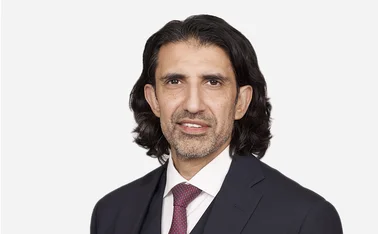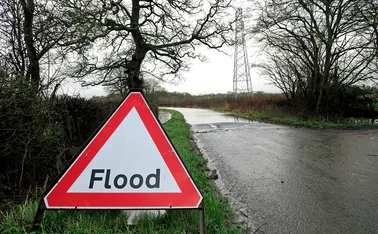
Post Blog: A telematics lesson from the US

With telematics growing in popularity, UK insurers should take a leaf from their American counterparts' book.
Telematics - the integrated use of telecommunications and informatics - has been the insurance buzzword so far of 2012. In motor insurance terms, telematics can be used to monitor driver behaviour, with the information transmitted to their insurance company.
It has been predicted that by 2017 the number of insurance telematics users will reach 89 million worldwide. Already in the UK we have seen rapid growth in the number of different telematics-based insurance products on the market, and rarely a day goes by without the subject attracting media coverage.
At the Downing Street Insurance Summit in February, the government supported the wider use of telematics to tackle the rising cost of motor insurance, and to help improve risk and safety. Why? The potential benefits of adopting telematics appear to be significant.
For consumers, not only is there the possibility of reduced premiums and the ability to influence costs, but the 'black box' acts as a theft tracker.
For insurers, there are opportunities to attract more customers by offering lower premiums, enhance their pricing accuracy, reduce claims costs and detect fraud.
It's worth remembering that 'pay as you drive' and 'pay how you drive' are not new concepts. Nobel laureate William Vickery highlighted the potential benefits for vehicle insurance as early as 1968.
What is a far newer idea in the UK, however, is using telematics products that work - not just in technological terms but in financial terms and their appeal to the public - and turning these into a business model.
So as the appetite for telematics among customers and insurers in the UK increases, what lessons can be learned from other countries that are more established in their use of telematics technology?
Italy, France, the US, Israel, South Africa, Japan and Switzerland are just some of the nations that have been using telematics for some time. The overseas market can offer a glimpse into what the future of the UK might look like.
The use of telematics in insurance products overseas has focused on distance-based 'pay as you drive' vehicle insurance, which monitors mileage. Initially, there was a particular focus on younger drivers, and products emerged that were designed to appeal to parents of teenagers.
For example, an American product, Teensurance, sends a notification to the parents, rather than the driver, if the vehicle is speeding. It also allows mother and father to set spatial boundaries so they receive an alert if the vehicle is driven outside those defined limits.
Another American insurance product, Teensafe, uses not only GPS data but installs an audio and video device in the rear view mirror that records the driver and the road ahead.
Parents and insurers keeping an eye on younger drivers is just the start. Looking at the plethora of overseas telematics products, it is apparent that the reported benefits are not just for insurers and drivers, but to society at large. By monitoring motorists' behaviour and driving styles, road safety and pollution can improve.
What's more, the fraud prevention and detection opportunities are significant and have been used abroad to help tackle insurance fraud. In terms of prevention, a 'black box' being installed will automatically deter certain individuals from taking out insurance in the first place.
The fact that a home visit is usually required to install the box will also have a fraud deterrent value and provide the insurer with an opportunity to verify the risk address, customer identity and vehicle condition.
In terms of detection, the telematics data provides a quick and definitive way of verifying information provided by a policyholder or third party during the course of a claim. Vehicle location, speed, movement, G force and driver behaviour can all be analysed.
While we can look to the US and beyond to see the benefits of telematics, this can only take us so far. The UK is likely to face its own challenges with regards to this emerging technology.
Issues around privacy, data ownership and the use of telematics data in court will all need to addressed and resolved on the basis of the legal, regulatory and political landscapes in this country.
Jamie Talyor, counter insurance fraud director, DWF
Only users who have a paid subscription or are part of a corporate subscription are able to print or copy content.
To access these options, along with all other subscription benefits, please contact info@postonline.co.uk or view our subscription options here: http://subscriptions.postonline.co.uk/subscribe
You are currently unable to print this content. Please contact info@postonline.co.uk to find out more.
You are currently unable to copy this content. Please contact info@postonline.co.uk to find out more.
Copyright Infopro Digital Limited. All rights reserved.
As outlined in our terms and conditions, https://www.infopro-digital.com/terms-and-conditions/subscriptions/ (point 2.4), printing is limited to a single copy.
If you would like to purchase additional rights please email info@postonline.co.uk
Copyright Infopro Digital Limited. All rights reserved.
You may share this content using our article tools. As outlined in our terms and conditions, https://www.infopro-digital.com/terms-and-conditions/subscriptions/ (clause 2.4), an Authorised User may only make one copy of the materials for their own personal use. You must also comply with the restrictions in clause 2.5.
If you would like to purchase additional rights please email info@postonline.co.uk







